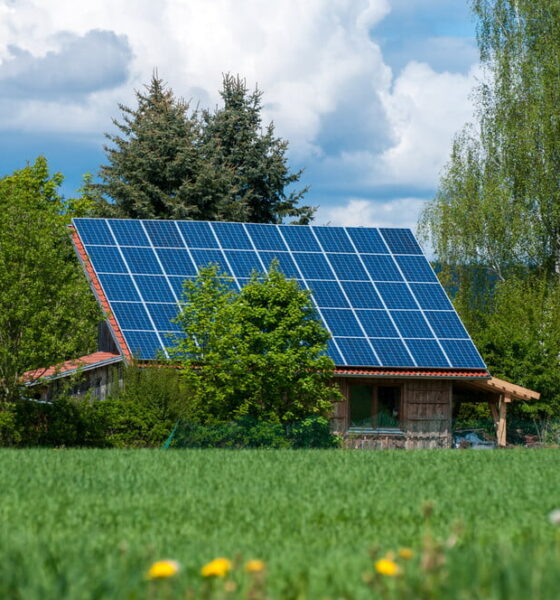Green construction practices have been slowly growing in prominence over the last several decades, from early efforts to conserve energy during the oil embargo of the 1980s to the adaptive reuse of older buildings and appliances. As technology advances, however, sustainable construction has become mainstream and made significant advancements, embracing new technology like 3D printing and hyper-efficient insulation materials. Cutting-edge techniques are developing to go one step further and move towards regenerative building.
Today, going green isn’t just about ethical construction, it’s a fashion statement that combines flare and function. Whether you’re hoping to move into green housing or are more engaged with the construction side, these new projects have a lot to offer – and they’re the future of the construction and housing industries, readily attracting tenants and reducing design costs.
Print On Location
When we talk about 3D printing, we typically focus on machine parts, miniature models, or even prostheses, but no matter what’s in the queue, it’s typically a modest size. But how do you 3D print something as large as a house?
The simple answer is that 3D printed homes rely on specialized equipment, as well as growing interest in the tiny home movement to meet user demands. At just over 400 square feet, for example, the rounded Apis Cor house is printed on-site with a 2-ton printer transported on the back of a truck. Besides the size of the printer, though, the construction process is quite simple. The printer extrudes layers of concrete to form the walls and then contractors come in to complete the roof, insulation, and other components. It’s a quick and easy approach to an ordinarily lengthy process.
Reviving Classic Styles
During World War II, the U.S. military produced thousands of metal structures known as Quonset huts, which were set up at Army bases and shipped to the front to house and care for the troops. When all was said and done, though, there was a significant surplus of these inexpensive structures, which were sold to the public. But what does this have to do with modern construction?
As it turns out, Quonset huts are making a comeback precisely because they’re durable and inexpensive. More importantly, tough, since they’re made from segments of PVC and galvanized steel, Quonset huts are highly customizable. At a time when pre-fab housing is gaining in popularity again, customized Quonset huts are cropping up across the country as housing, agricultural storage, fitness centers, and performance venues. They’re too versatile to be siloed off as a military-only solution.
From Sustainable To Regenerative
From an environmental perspective, sustainable construction is critical, but when we consider the fact that even careful building tends toward resource depletion, it may be time to start thinking about regenerative construction instead. So what’s the difference? At its core, regenerative construction takes the lessons of sustainable design and tries to push them further. Such projects ask questions like: can we capture water on-site? Can we do this work with zero waste? The construction aims for a self-maintaining ecology, not just a low-impact design process.
One old technology regenerative building draws on is passive solar and radiant heating, essentially construction that absorbs and releases energy as needed based on material makeup and position relative to the sun. These structures should also create natural ventilation that avoids the modern HVAC trap. Pair these features with an edible landscape, solar power, and sustainable or reclaimed building materials, and you have an affordable, responsible vision of modern architecture.
Regardless of approach, the green construction marketplace is constantly growing, on both the engineering and residential sides of the process – and the field is dependent on public engagement to keep up the momentum. People have to want to live in these structures, attend events in them, and support federal and municipal incentive programs. The technology is here to transform the landscape, but it’s always the end-user community that will push that tech further.




















